Soapstone shower base, cracked, now what
SFH-CA
10 years ago
Featured Answer
Sort by:Oldest
Comments (26)
arch123
10 years agoraehelen
10 years agoRelated Professionals
Pleasant Grove Kitchen & Bathroom Designers · Schaumburg Kitchen & Bathroom Designers · Glade Hill Kitchen & Bathroom Remodelers · Bremerton Kitchen & Bathroom Remodelers · Gilbert Kitchen & Bathroom Remodelers · Mooresville Kitchen & Bathroom Remodelers · Overland Park Kitchen & Bathroom Remodelers · Princeton Kitchen & Bathroom Remodelers · Chino Glass & Shower Door Dealers · Middletown Cabinets & Cabinetry · Richardson Cabinets & Cabinetry · Liberty Township Cabinets & Cabinetry · Arden-Arcade Window Treatments · Berkeley Window Treatments · Kent Window TreatmentsSFH-CA
10 years agoenduring
10 years agocookncarpenter
10 years agoSFH-CA
10 years agoSFH-CA
10 years agoSFH-CA
10 years agoClarion
10 years agoSFH-CA
10 years agoMongoCT
10 years agoSFH-CA
10 years agoClarion
10 years agodadereni
10 years agoSFH-CA
10 years agoSFH-CA
10 years agoSFH-CA
10 years agowritersblock (9b/10a)
10 years agoSFH-CA
10 years agoraehelen
10 years agoSFH-CA
10 years agoSFH-CA
10 years agolotteryticket
10 years agoJoseph Corlett, LLC
10 years agoStoneshine
10 years ago
Related Stories

KITCHEN DESIGNKitchen Counters: Durable, Easy-Clean Soapstone
Give bacteria the boot and say sayonara to stains with this long-lasting material that's a great choice for kitchen and bath countertops
Full Story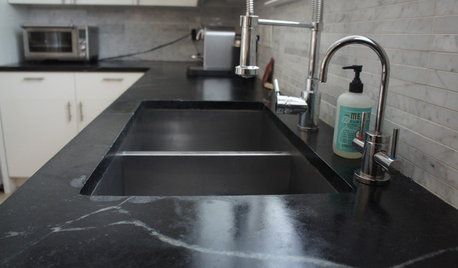
KITCHEN DESIGNSoapstone Counters: A Love Story
Love means accepting — maybe even celebrating — imperfections. See if soapstone’s assets and imperfections will work for you
Full Story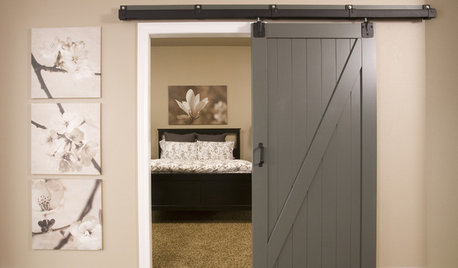
BASEMENTSA Raw Washington Basement Gets Serenity Now
Neutral tones and custom storage infuse a family's newly finished basement with a restful air
Full Story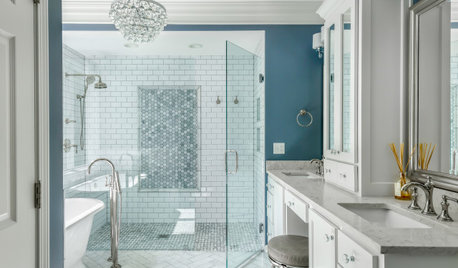
HOUSEKEEPINGHow to Clean a Glass Shower Door
See which tools and methods will keep those glass shower walls and doors sparkling clean
Full Story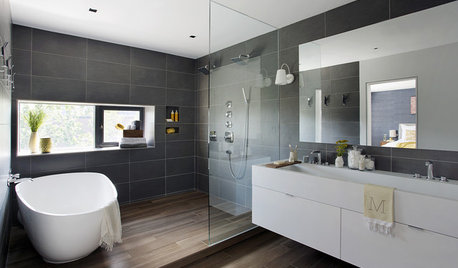
SHOWERSYour Guide to Shower Floor Materials
Discover the pros and cons of marble, travertine, porcelain and more
Full Story
REMODELING GUIDES9 Hard Questions to Ask When Shopping for Stone
Learn all about stone sizes, cracks, color issues and more so problems don't chip away at your design happiness later
Full Story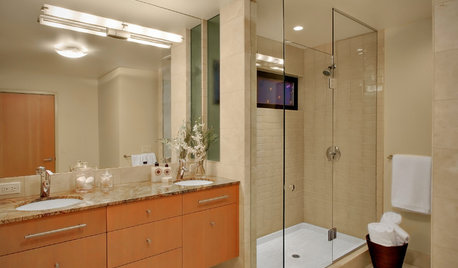
BATHROOM DESIGN7 Reasons Why Your Shower Floor Squeaks
No one wants to deal with a squeaky fiberglass shower floor. Here's what might be happening and how to fix it
Full Story
FALL AND THANKSGIVING10 Ways to Shower Your Home With Gratitude
Give your home some love with these thoughtful ideas and watch it return the favor
Full Story
BATHROOM DESIGNHow to Settle on a Shower Bench
We help a Houzz user ask all the right questions for designing a stylish, practical and safe shower bench
Full Story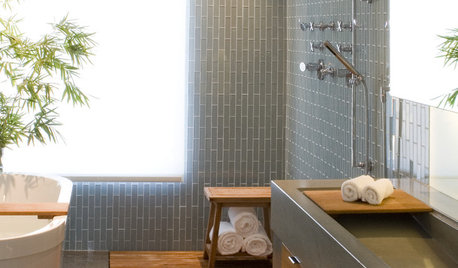
BATHROOM DESIGN18 Knockout Ideas for Wooden Floor Showers
Look to an often-forgotten material choice for shower floors that radiate beauty in almost any style bathroom
Full Story





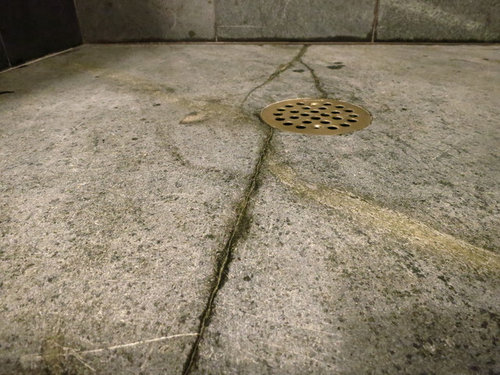



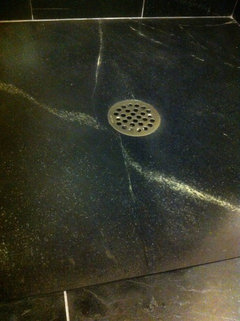


MongoCT